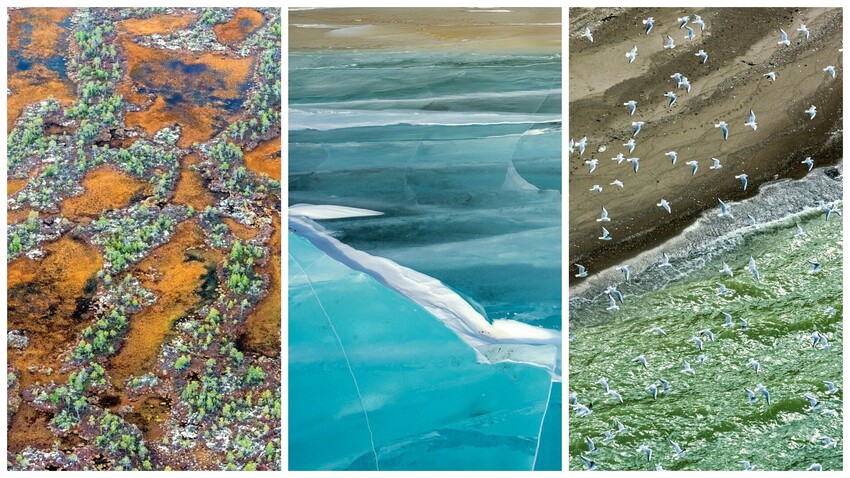
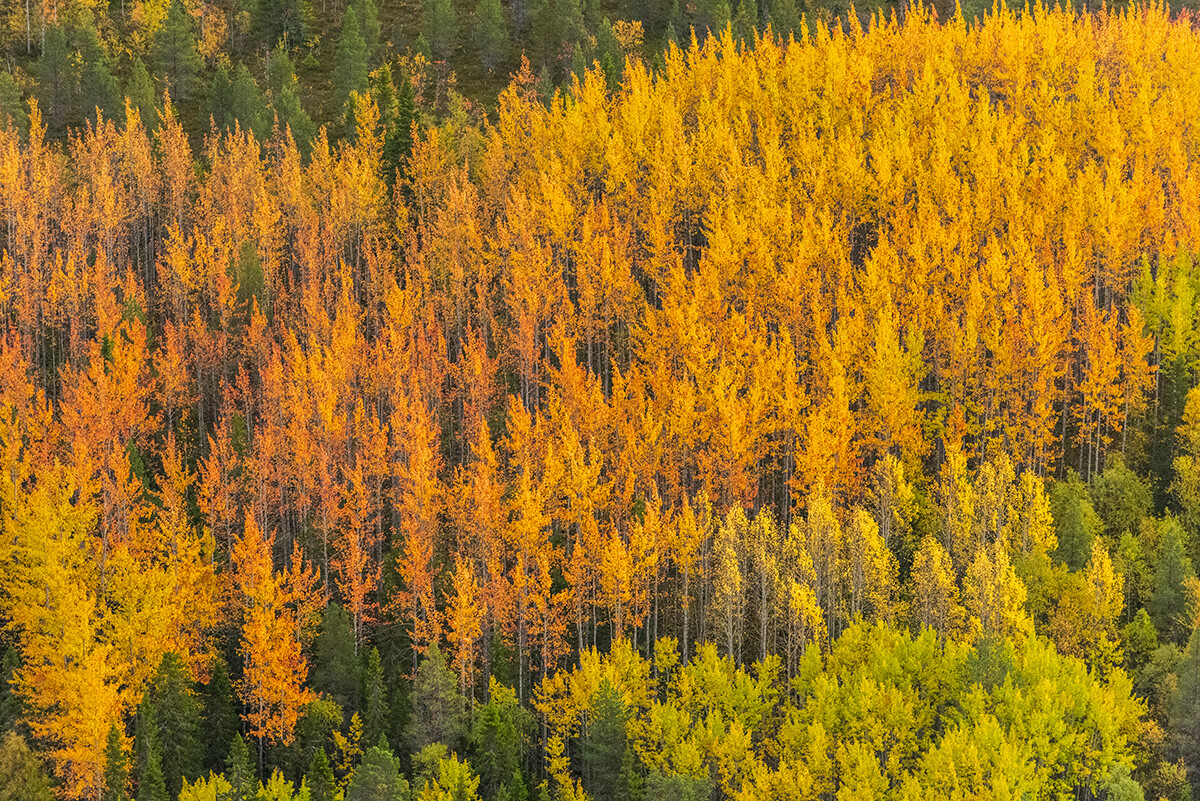
Travelers can only make it here by water these days. The White Sea archipelago consists of six large islands and more than 100 smaller ones. The islands once hosted a Soviet special purpose penal colony, housed in a medieval monastery. Today, the islands are a UNESCO World Heritage Site that “illustrates an important period in human history”.
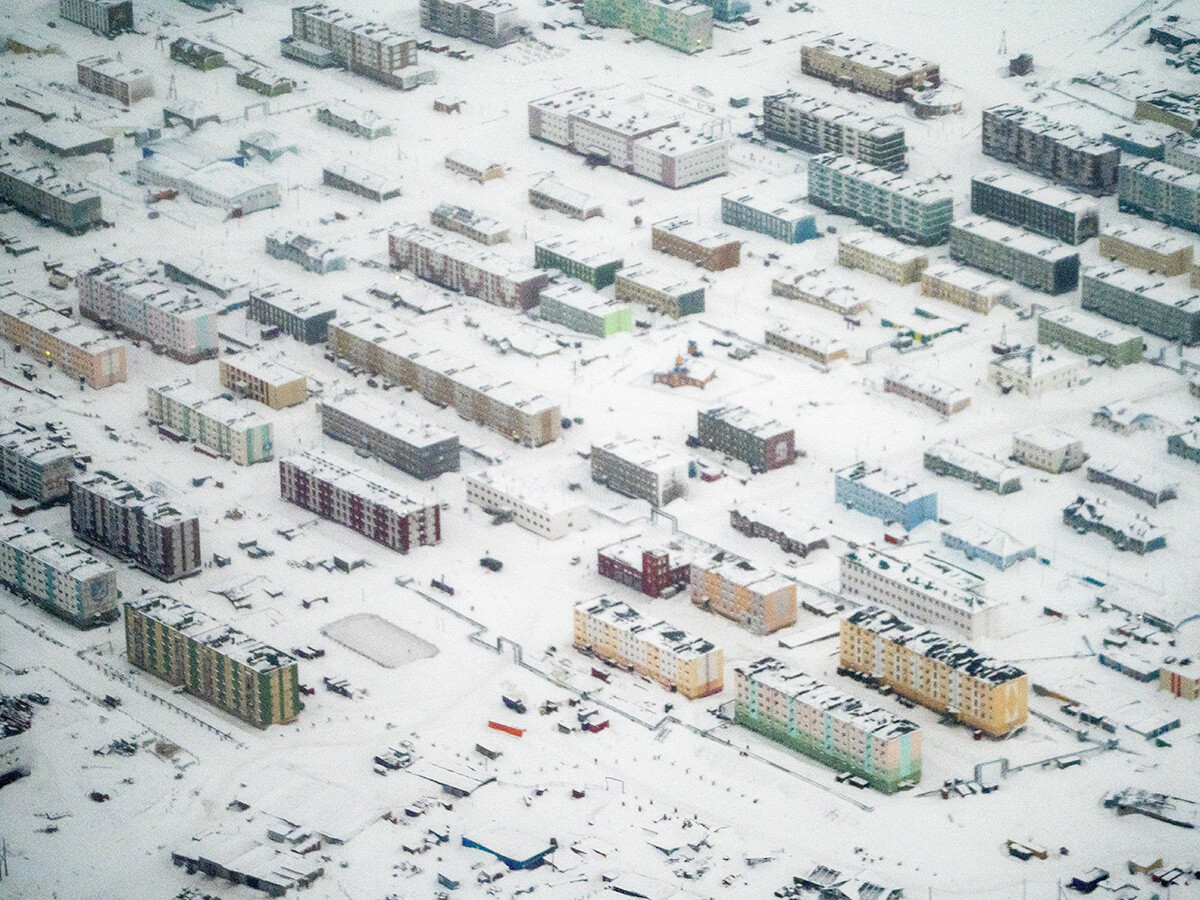
Tiksi is a settlement on the shores of Buor-Khaya bay in the Laptev Sea. According to the 2010 census, it numbers 5,063 people, making it the most populated settlement in Russia’s North.
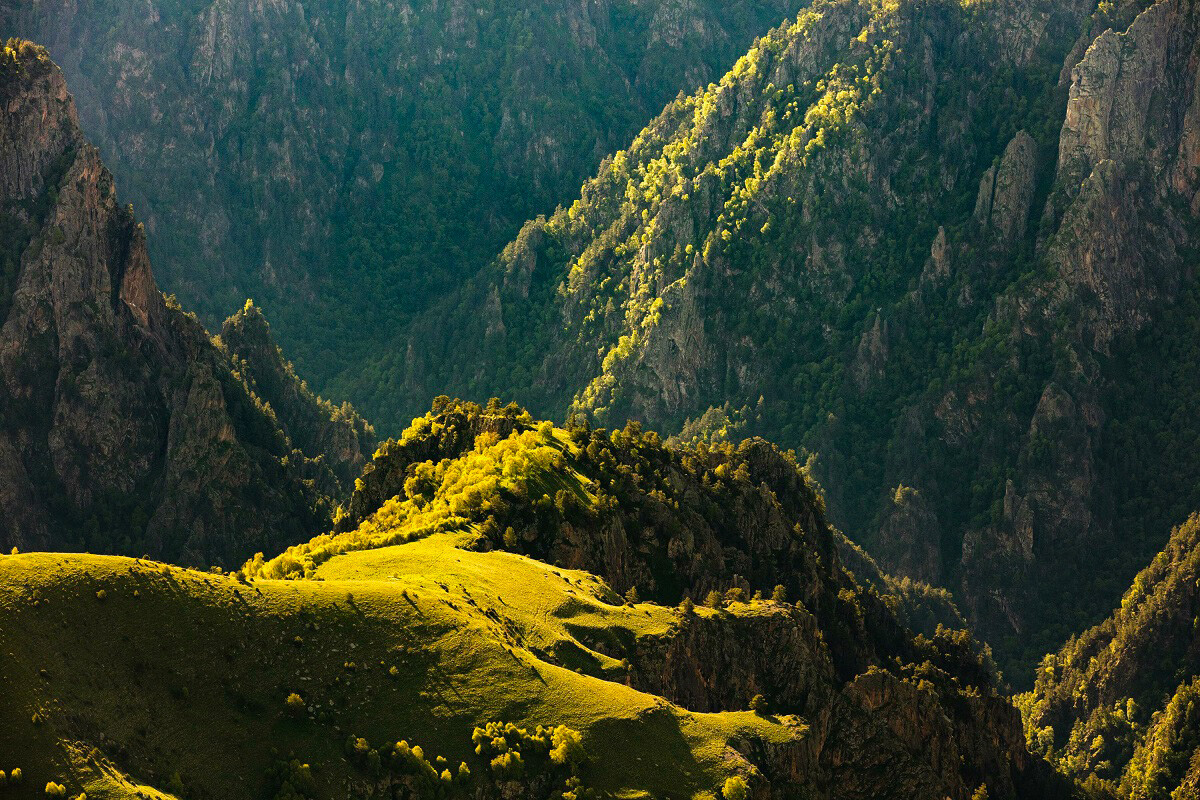
The gorge is situated on the main Caucasian ridge in the Elbrus region and is famous for its numerous thermal springs and waterfalls, drawing tourists from all over the world.
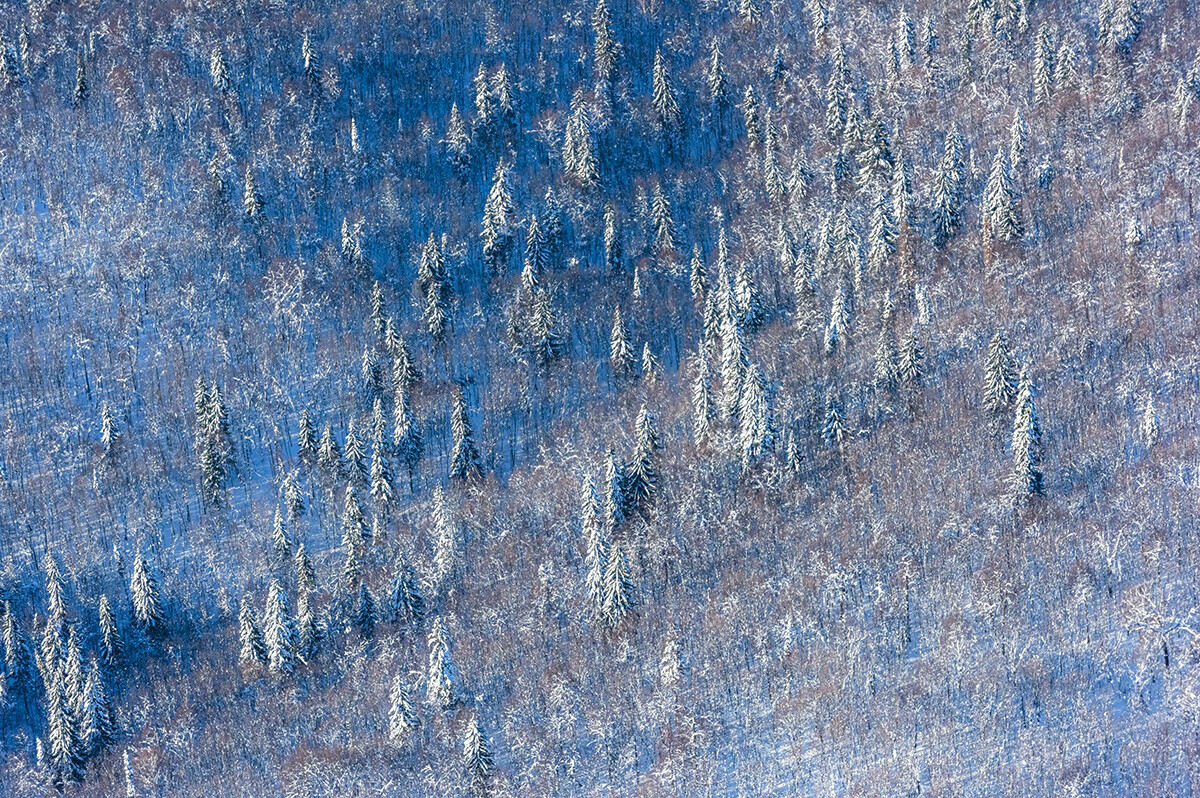
The village of Pavolka on the Ufa river in Bashkortostan is surrounded on all sides by thick forests and an aquifer with the largest water reserves in the republic.
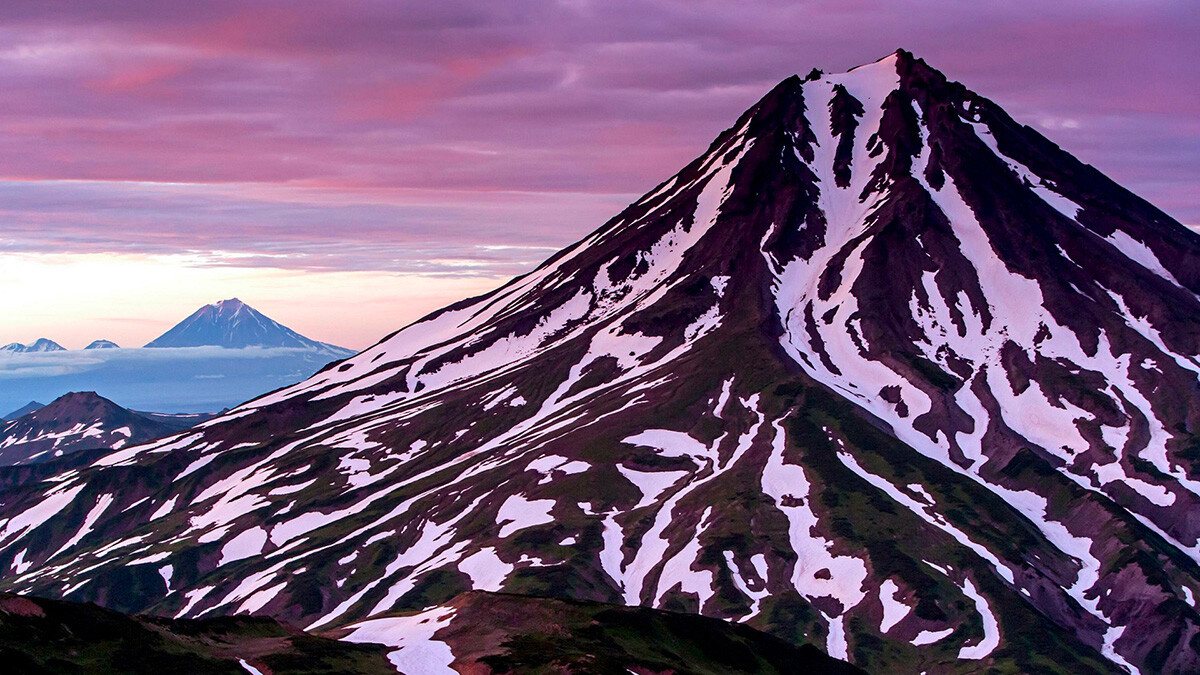
Kamchatka attracts tourists the world over with its numerous volcanoes and otherworldly landscapes. The territory contains 30 active and more than 160 dormant volcanoes, many of which can only be viewed from the safety of a helicopter.
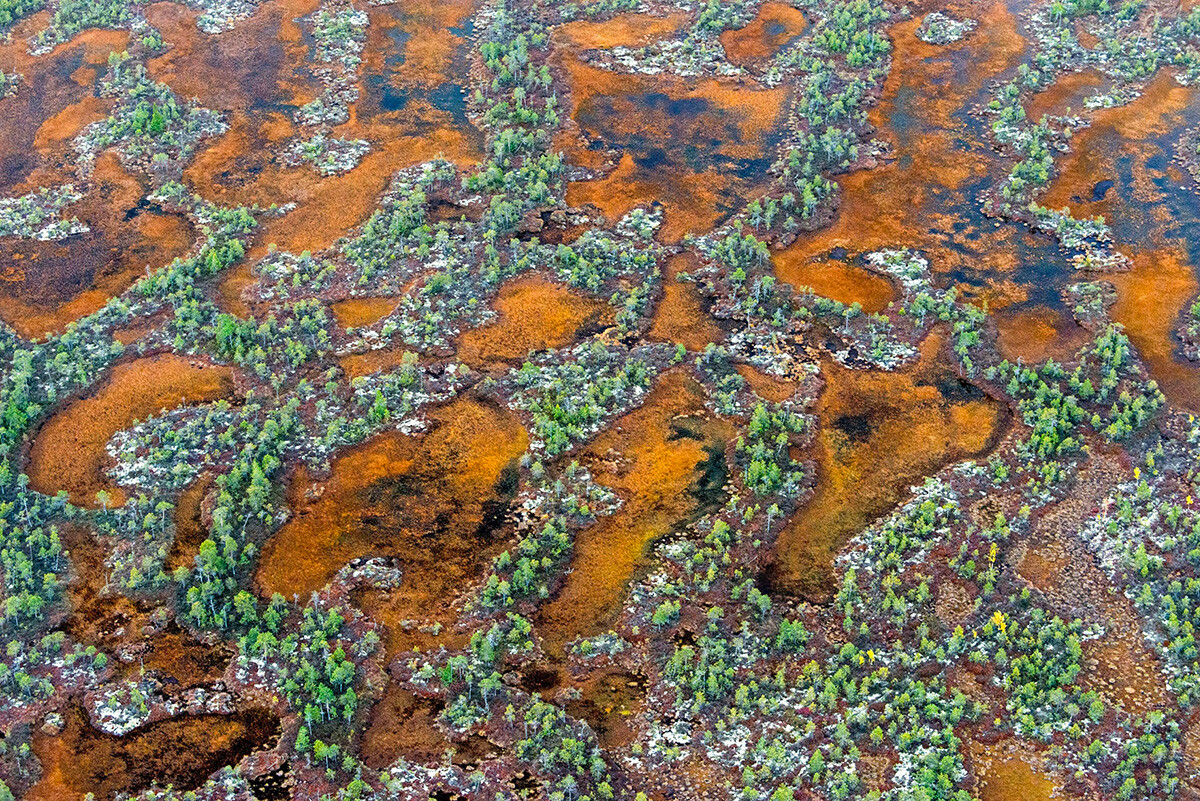
Almost a third of all Yugry territory - which is the size of France - is covered in swamps. These swamps are considered the region’s riches, with swamp experts (yes) making a trip here each year.
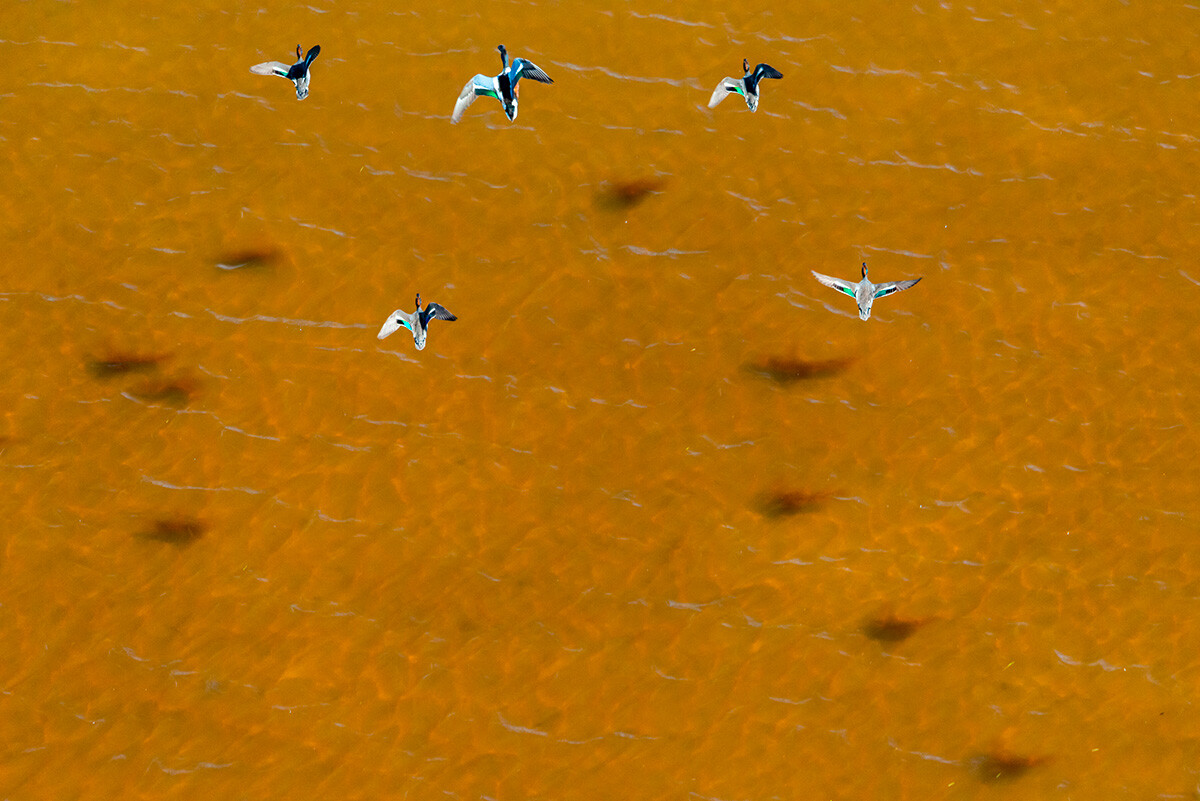
The White Sea is considered to have gotten its name either from the way its water sometimes glistens or the fog - although it could also be a mutation of an older name. Obviously, it’s far from always white in color.
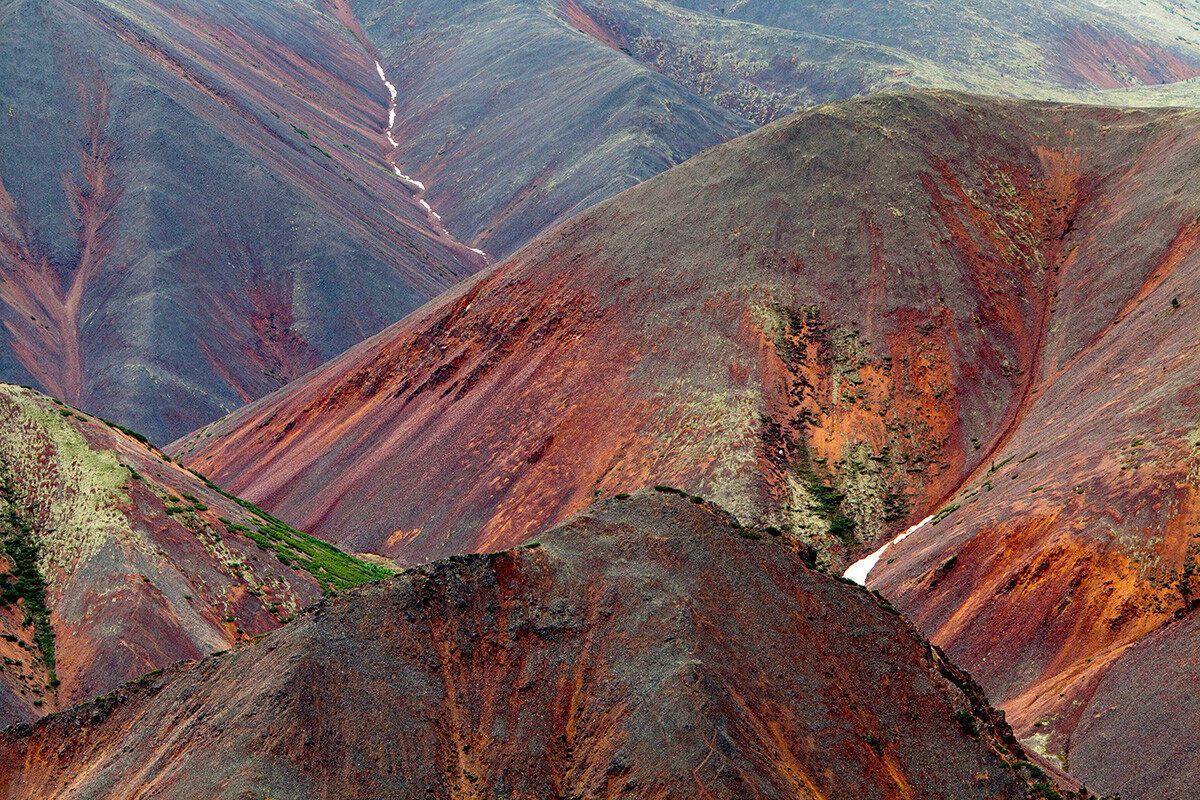
The Magadan Region landscape is characterized by highlands, full of hills and mountain ridges. The former are situated near towns and are a favorite with the locals. However, it’s not advised to visit in bad weather, as the climate there can be quite brutal.
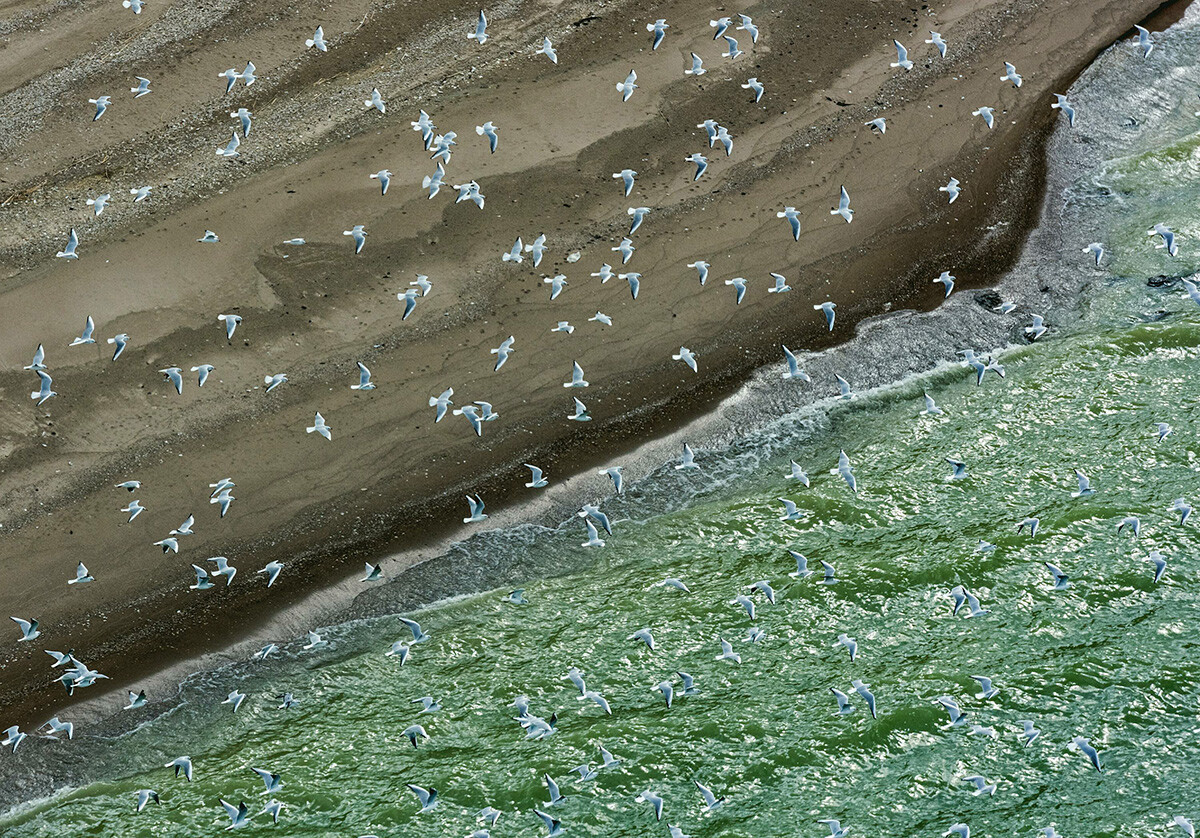
The artificial lake on the Don River appeared there in 1952, after the construction of a dam.
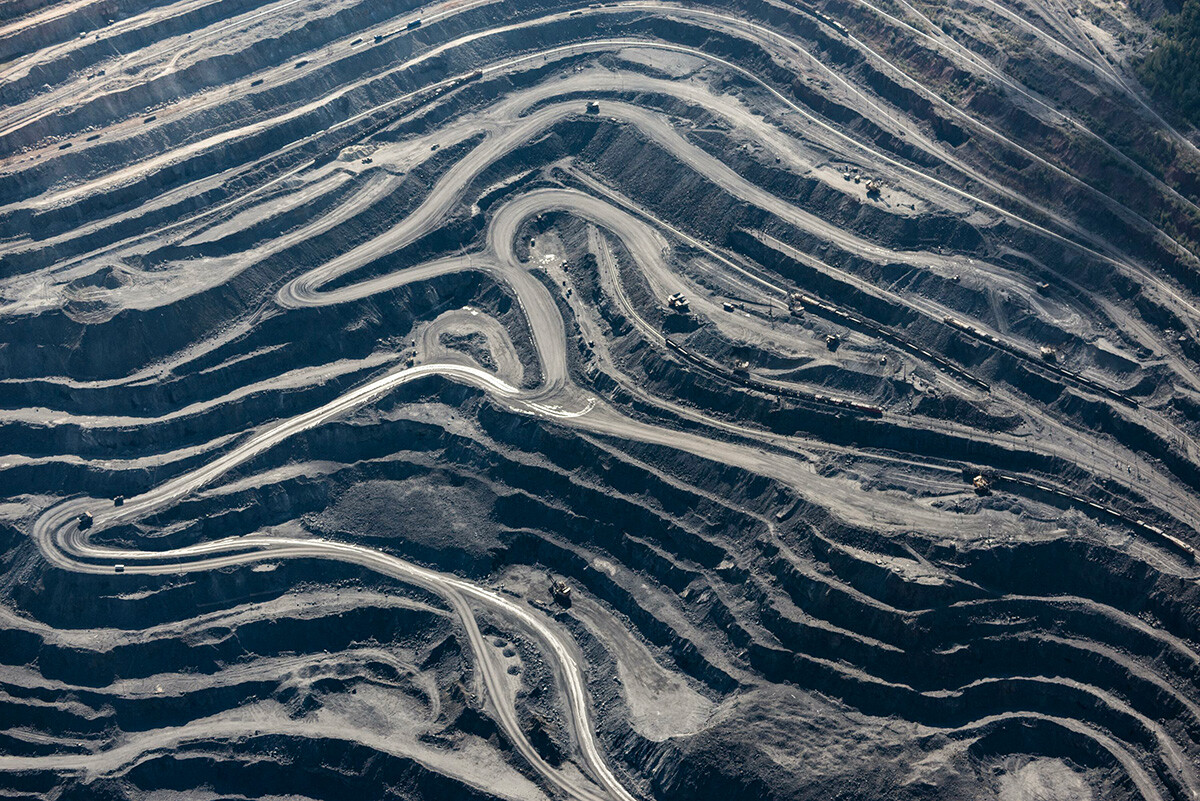
The Lebedinsky mountain-processing plant is the largest of its kind for the mining of enriched iron ore. The canyon is 5 km wide, with a depth of 600 meters. It even made it into the Guinness World Records.
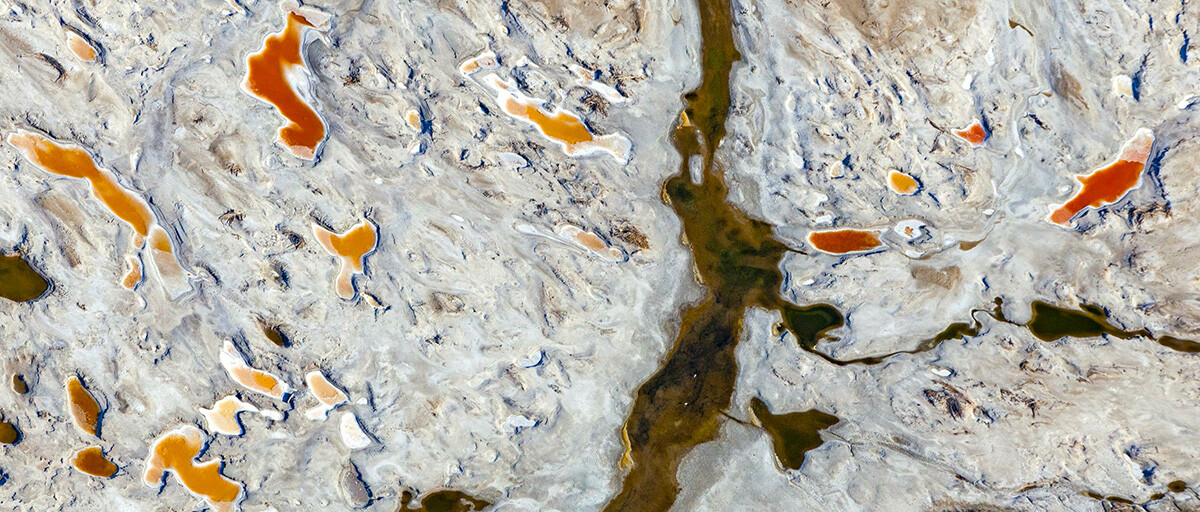
The largest saltwater lake in Europe and one of the largest in the world, Elton is located in Russia’s south, not far from the border with Kazakhstan.
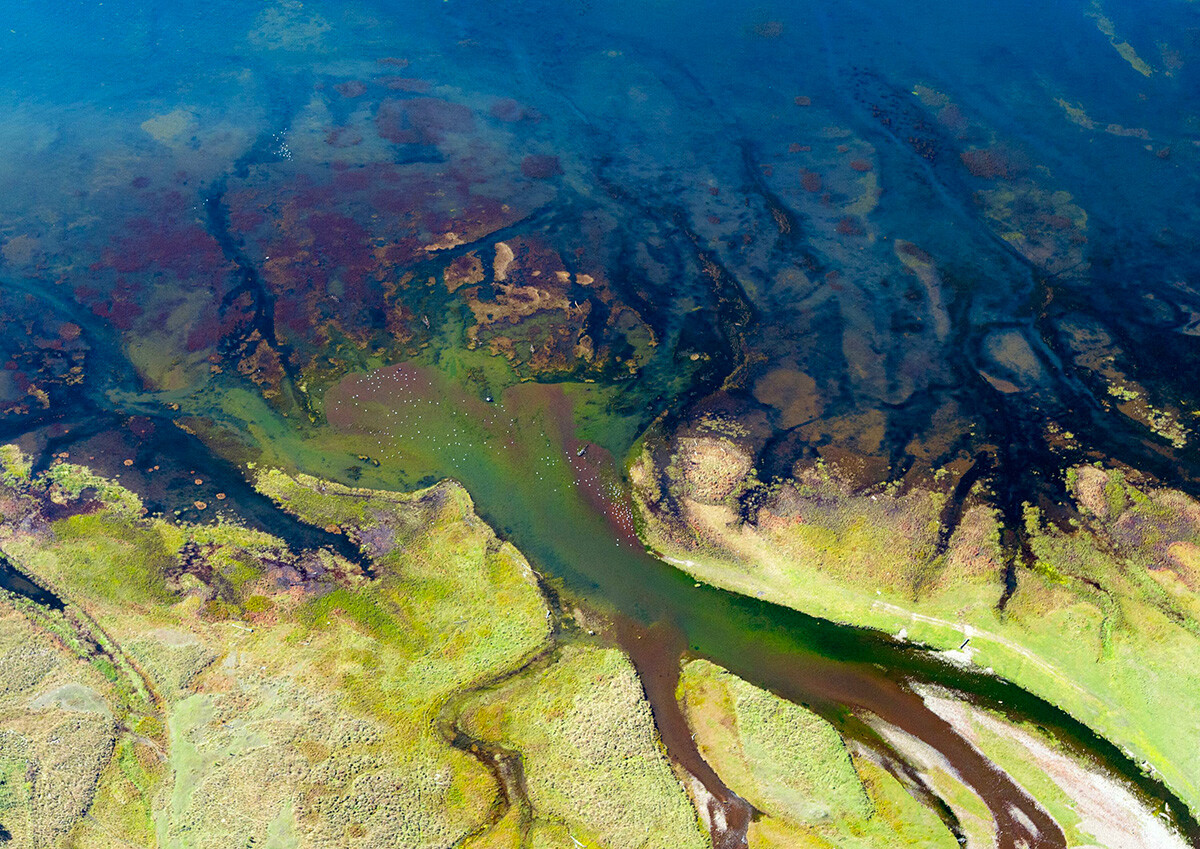
The Bolshaya is the inflow of the Angara River - the only one that flows from Lake Baikal.
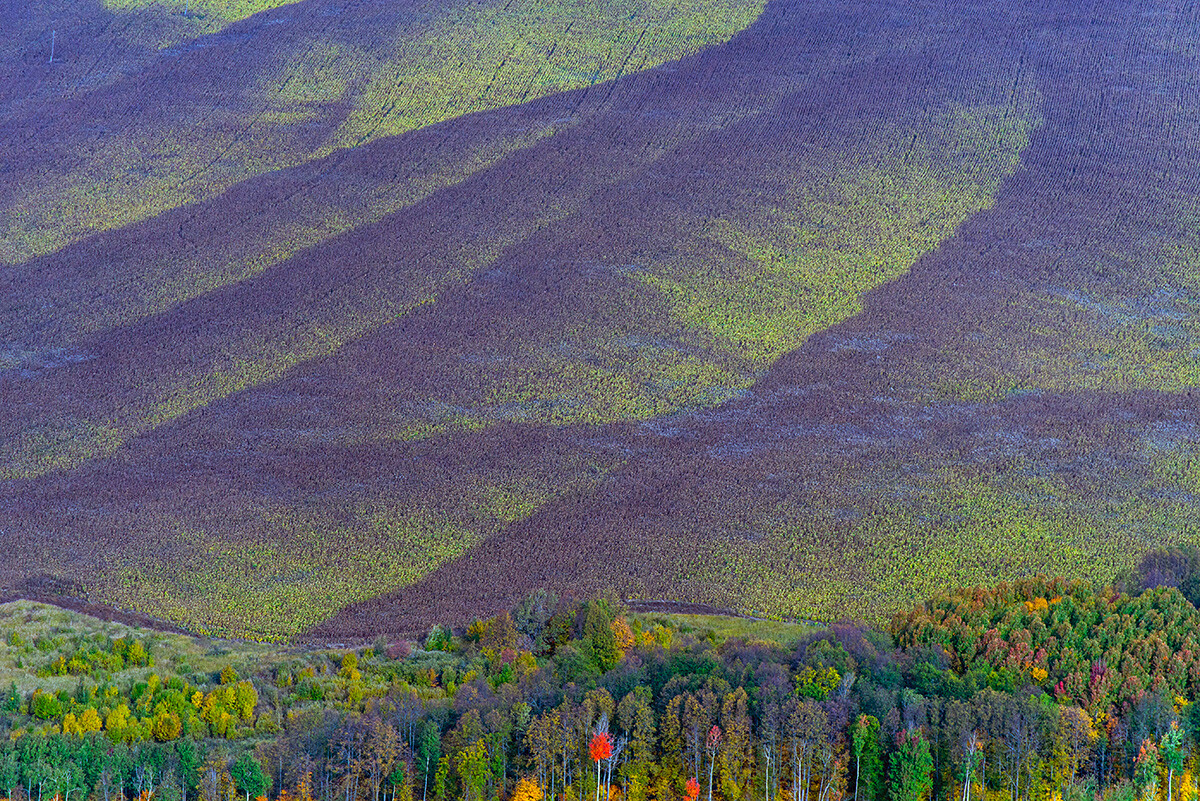
The Republic of Tatarstan is situated in the center of European Russia, on a plain that makes its landscape look like a fairytale carpet of blooming fields and valleys.
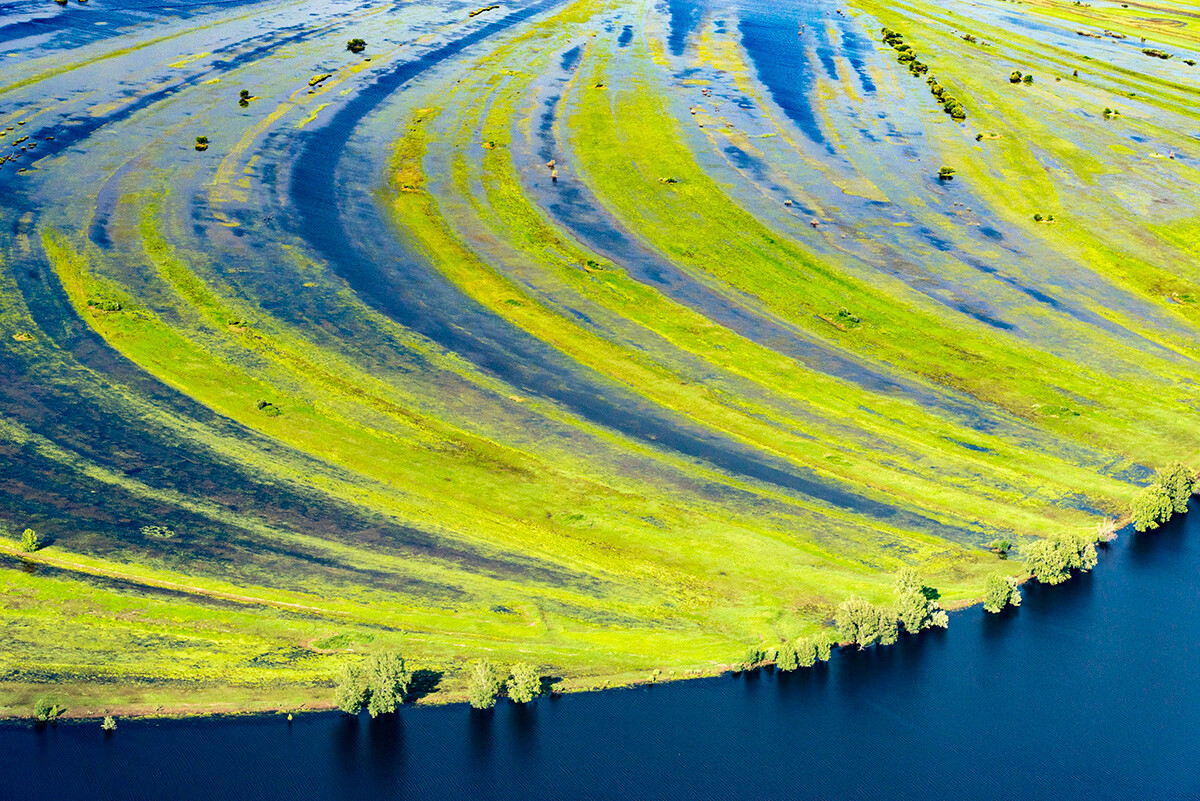
Tyumen Region is enormous. It’s the only region in Russia that stretches from the Arctic Ocean all the way to the country’s border in the south, crossing all of Russia.
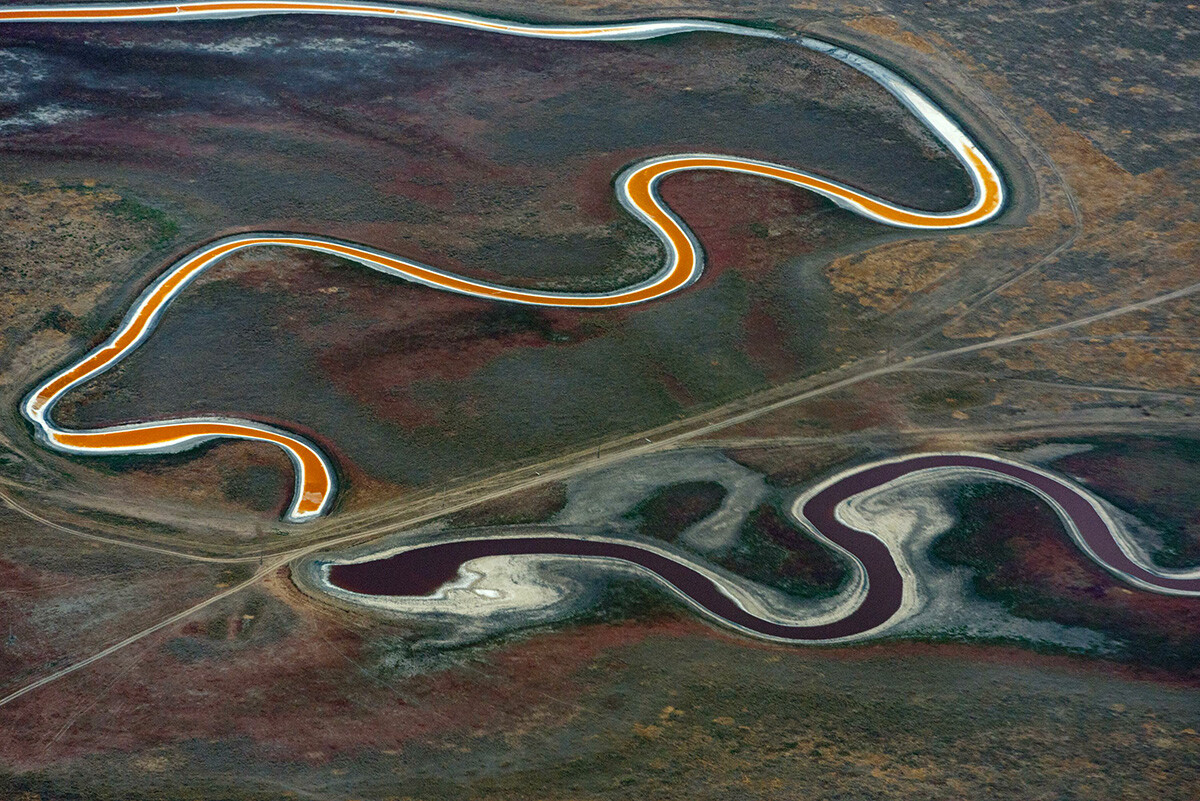
Kalmykia is an unusual site after all those green valleys and white rivers, but what truly stuns visitors there are the salt marshes, which resemble a frozen lake.
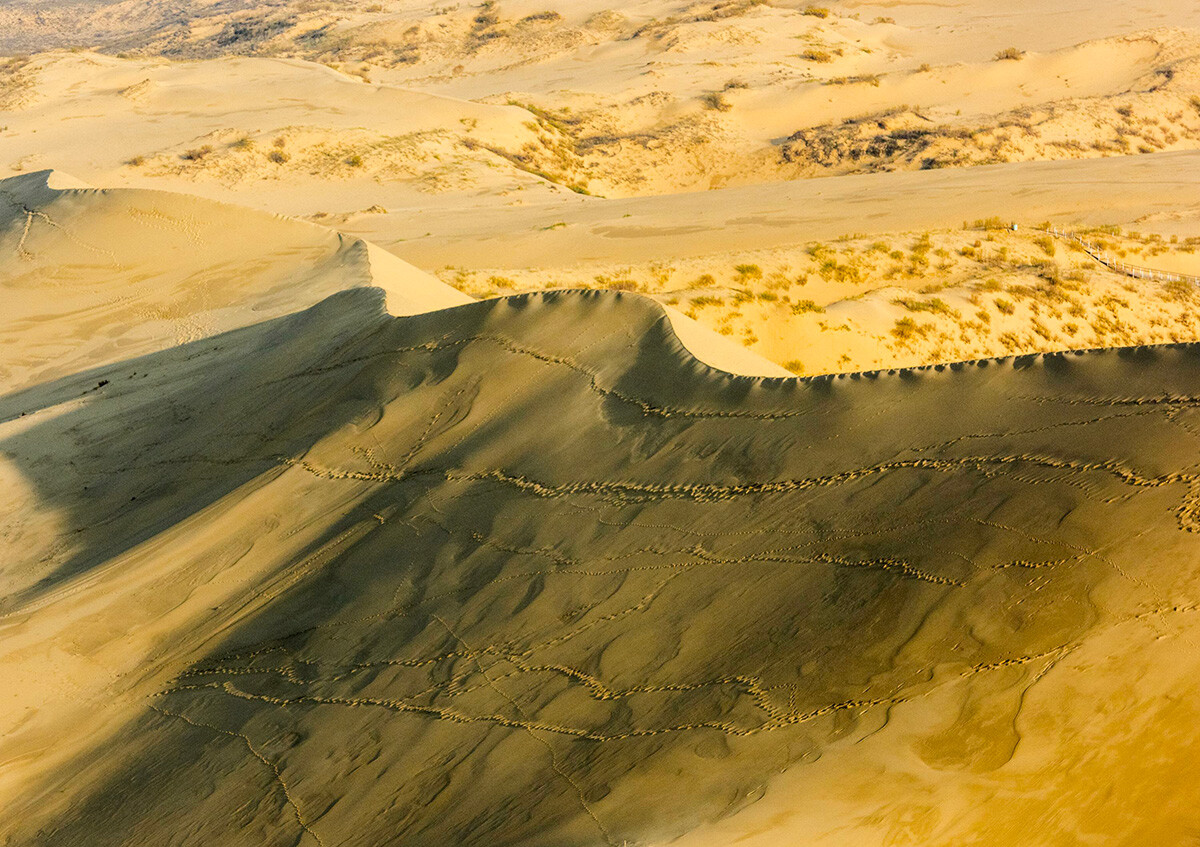
Sarykym isn’t just one of the highest in Eurasia - it’s also the third tallest in the world, taller than barkhans in Iran and China. In the summer, temperatures there can rise to 60°C.
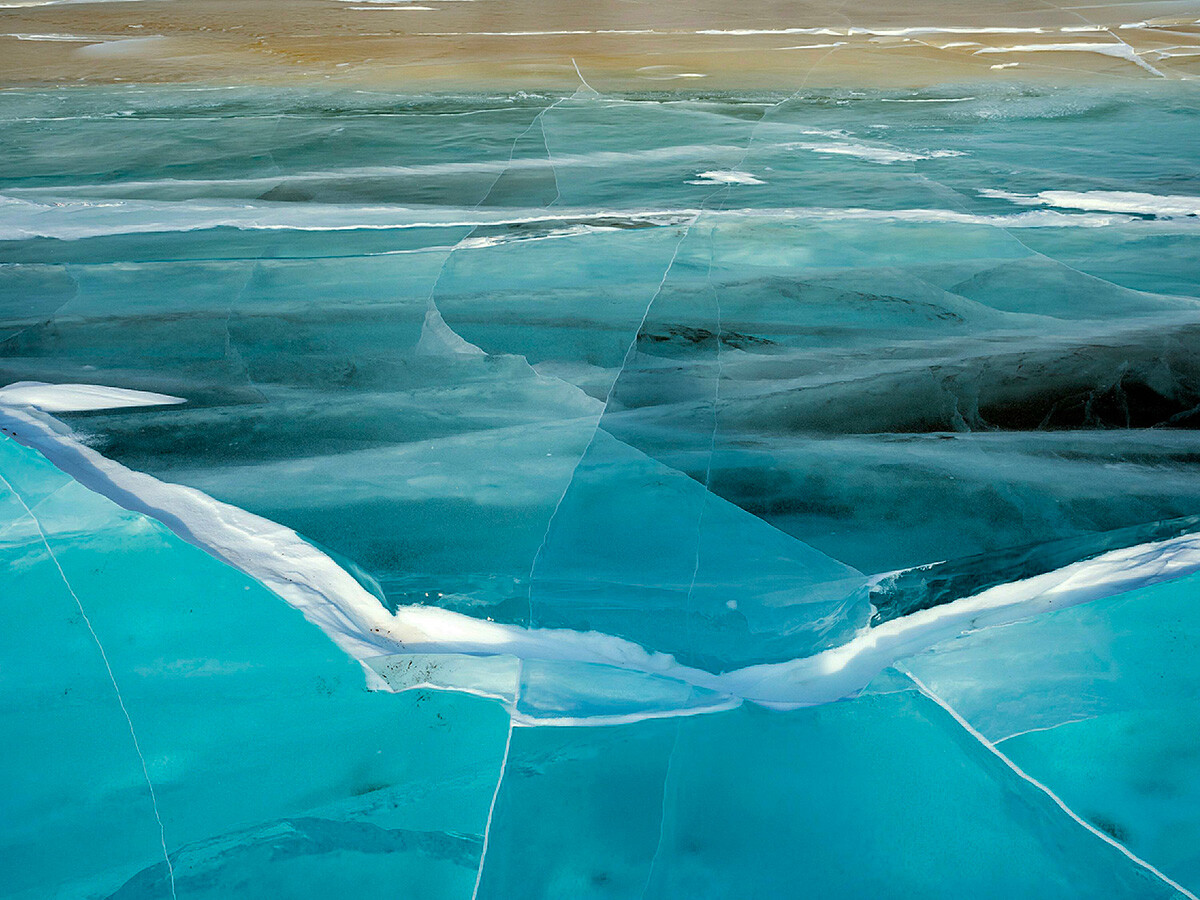
The place is home to an Arctic research station, which acts as a base for Russian-German permafrost research in Siberia.
If using any of Russia Beyond's content, partly or in full, always provide an active hyperlink to the original material.
Subscribe
to our newsletter!
Get the week's best stories straight to your inbox